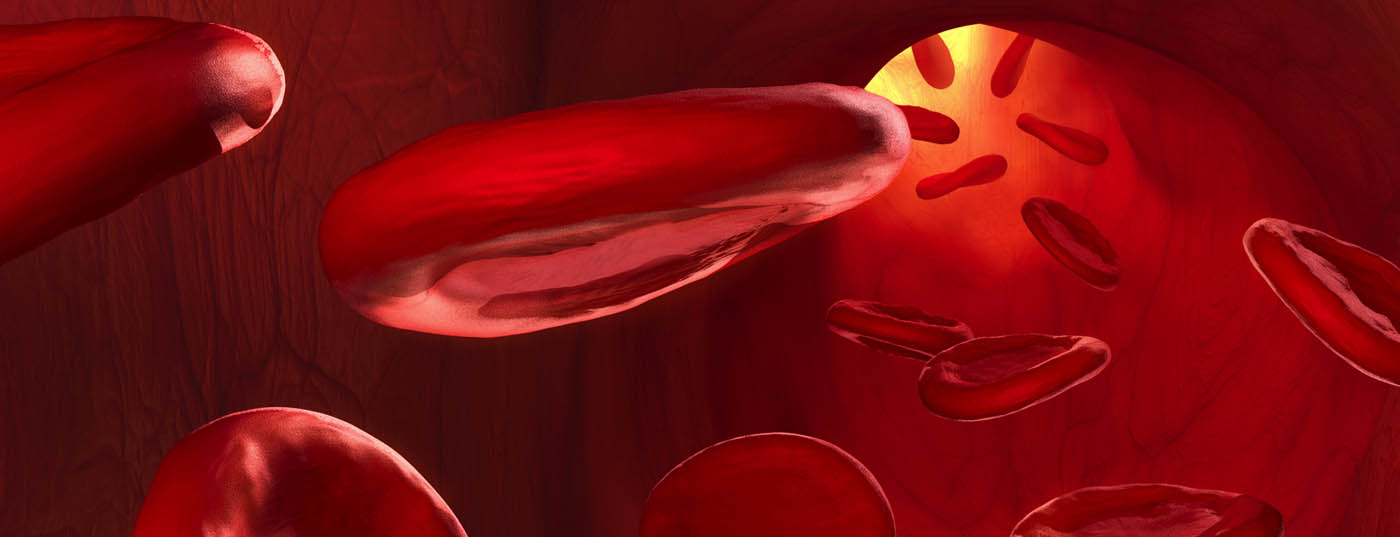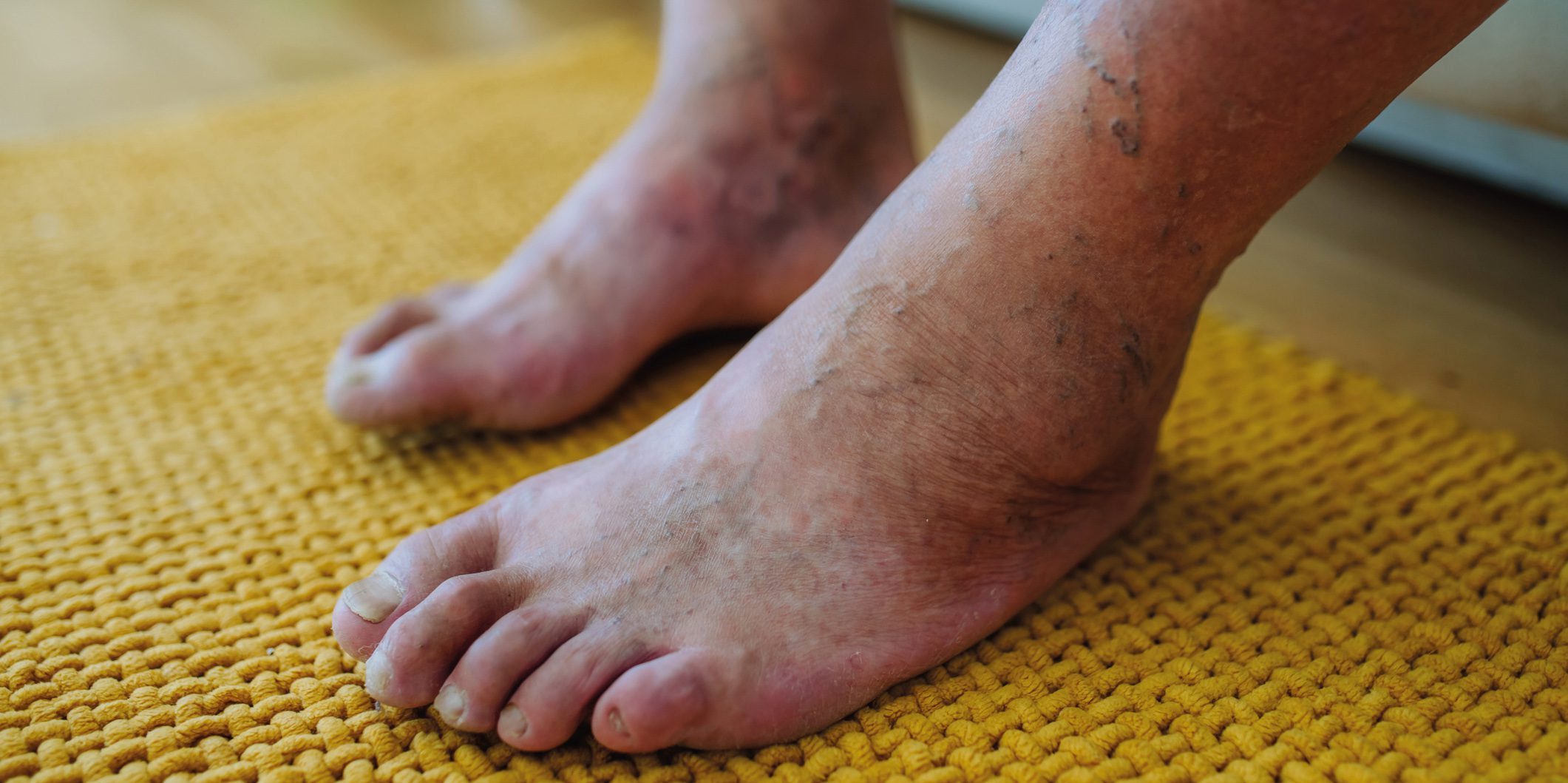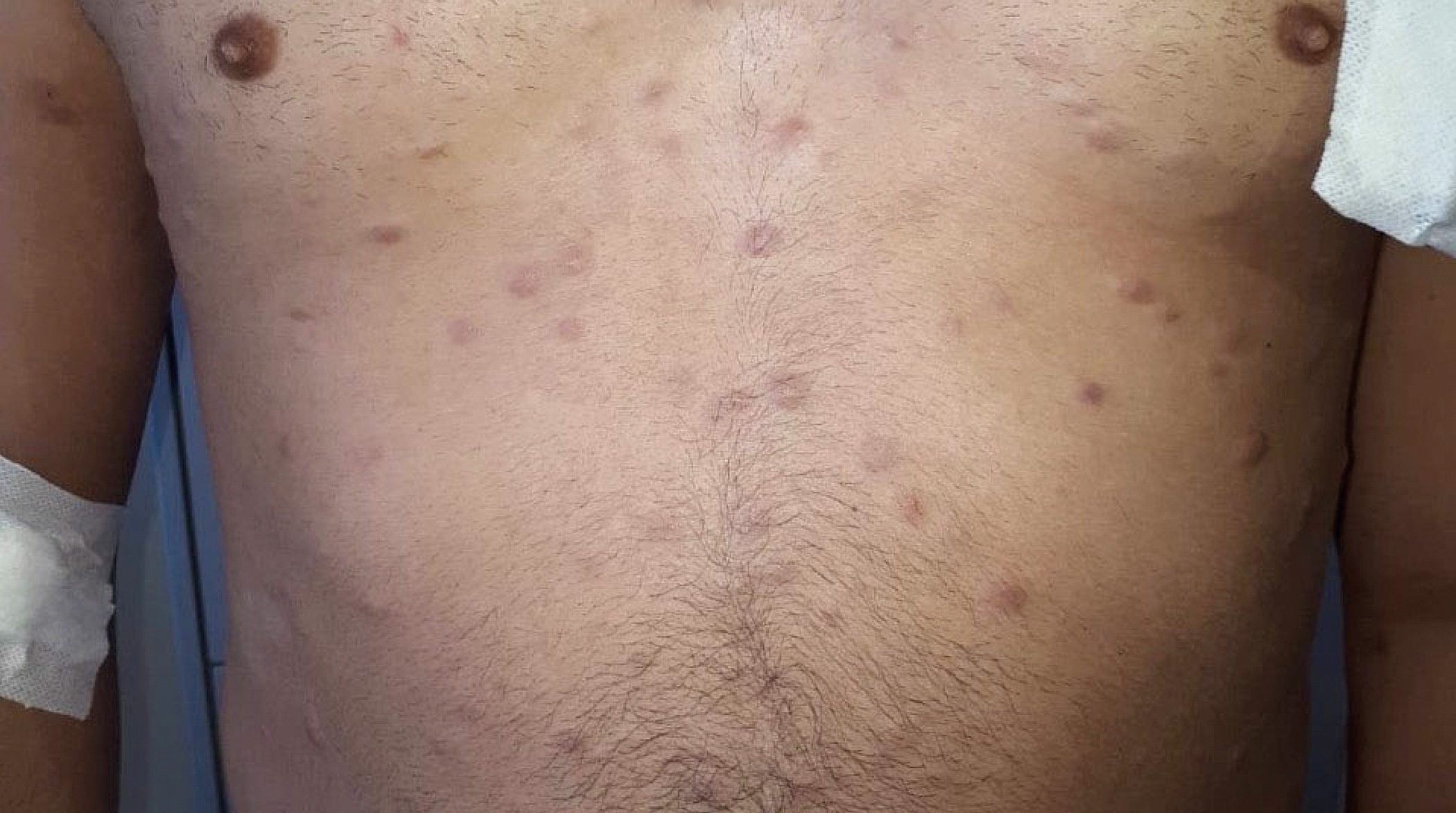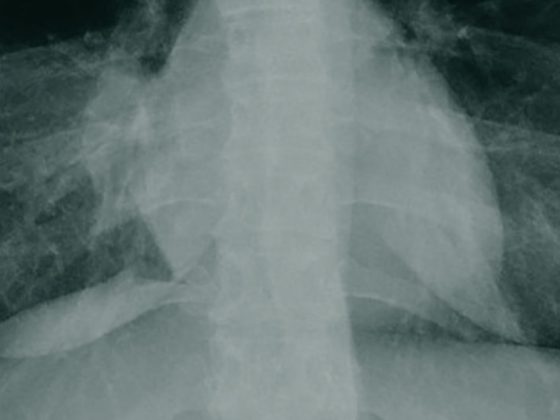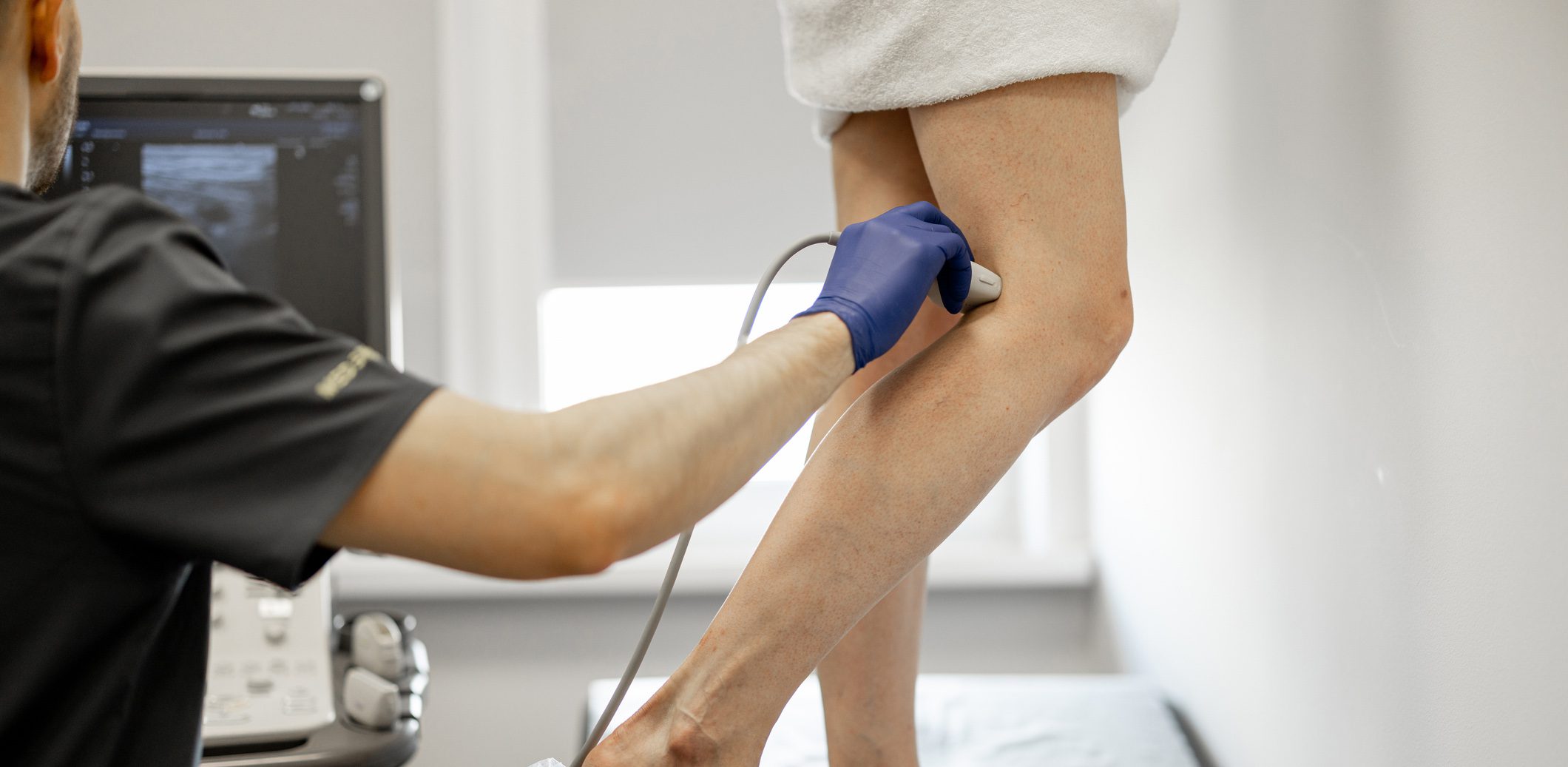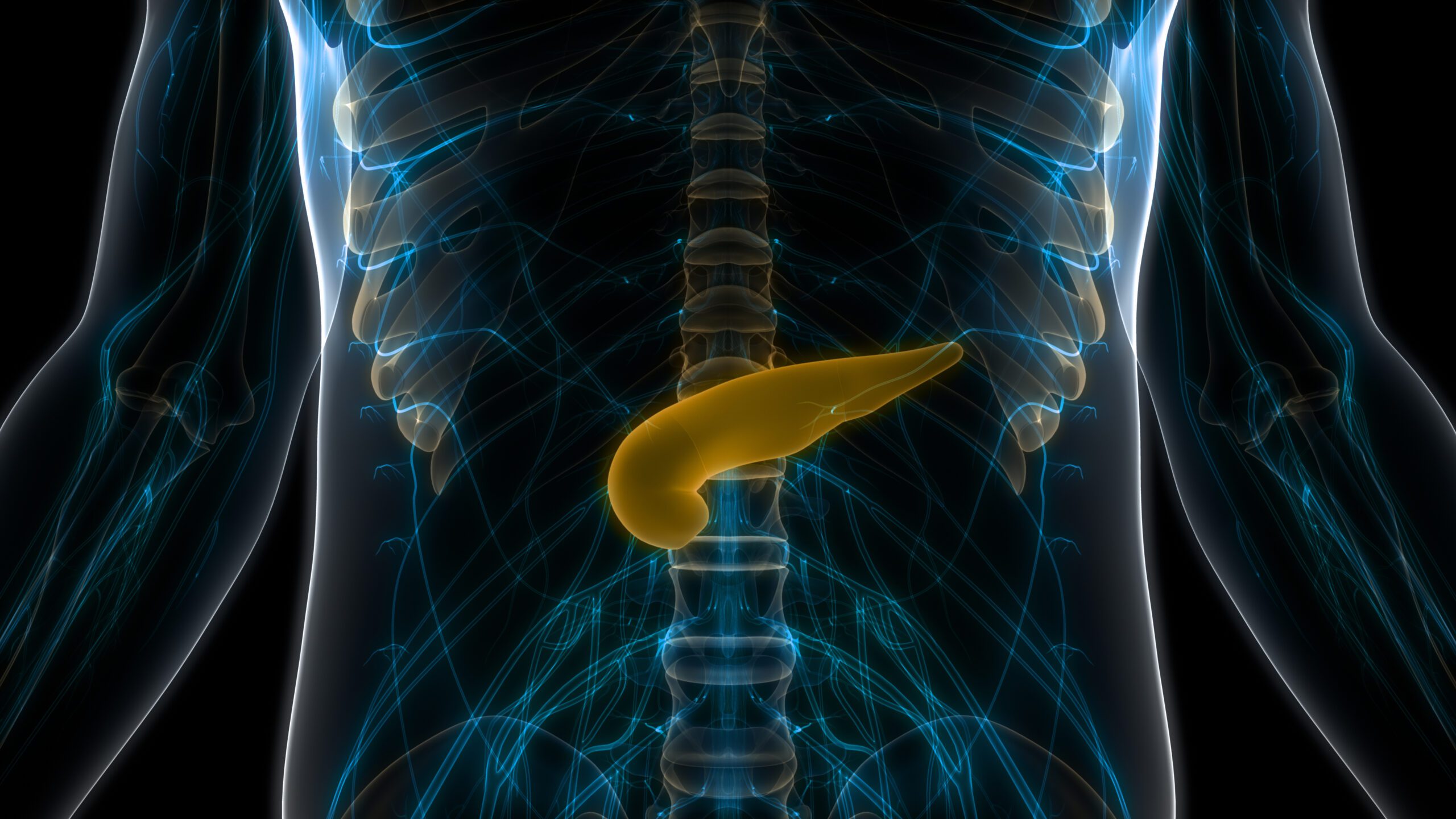Continuing postmenopausal hormone therapy or hormone-containing contraception in women on anticoagulation seems risky. After all, hormone-containing preparations increase the risk of venous thromboembolism, which anticoagulants are intended to reduce. But are the concerns really based on solid data? A recently published international study casts doubt on this. Likewise, anticoagulants are used very cautiously (to not at all) when anticoagulation-associated intracerebral hemorrhage has already occurred. Is the practice here justified?
Vitamin K antagonists (VKA) such as Marcoumar may be associated with congenital malformations of the embryo and therefore must not be used during pregnancy. In women of childbearing age, contraceptive measures are necessary during anticoagulation for the same reasons. However, according to WHO guidelines, women on anticoagulation should avoid estrogen-containing contraceptives because they are considered an “unacceptable health risk” due to increased rates of venous thromboembolism (VTE). However, solid data demonstrating an association between hormonal therapy (particularly with estrogens) and recurrent VTE in anticoagulated patients are lacking. Rather, the recommendations are based on the known association between VTE and hormone therapy in nonanticoagulated patients.
The study [1] initiated for these reasons analyzed patient data from EINSTEIN-DVT and -PE. These are studies of the safety and efficacy of rivaroxaban (oral factor Xa inhibitor) compared with enoxaparin, a low-molecular-weight heparin, followed by administration of a VKA in individuals after a thromboembolic event. Martinelli and colleagues surveyed VTE incidence or recurrence and abnormal uterine bleeding in a total of 1888 anticoagulated participants younger than 60 years – a proportion of these women were on concomitant hormonal therapy with estrogen-only preparations, combined estrogen-progestin-containing contraceptives, or progestin-only contraceptives. As contraceptives, the women had used pills, patches, vaginal rings, syringes, implants, and IUDs.
Risk of thrombosis not increased
The incidence of VTE during hormone therapy (n=475) was 3.7% per year. Without hormone therapy, it was 4.7%/year. This corresponds to a hazard ratio for recurrent VTE of 0.56 (95% CI 0.23-1.39). Under progestogen-only therapies, the rate was 3.8%; under estrogen-only treatment, the rate was 3.7%.
Abnormal uterine bleeding surprisingly occurred more frequently with rivaroxaban than with enoxaparin/VKA (HR 2.13; 95% CI 1.57-2.89). The overall hazard ratio for abnormal uterine bleeding with vs. without hormone therapy was 1.02 (95% CI 0.66-1.57).
The authors concluded that, contrary to all assumptions, both estrogen- and progestin-only hormonal treatment of women on anticoagulation was not associated with an increased risk of recurrent VTE. The increased rate of uterine bleeding with rivaroxaban needs further investigation, he said.
Do not draw the wrong conclusions
The fact that hormone use under anticoagulation can now be considered harmless on the basis of this study is, of course, too short-sighted. Rather, the result fuels long-standing suspicions that the harm from such additional treatment is likely to be limited. The goal of a therapy with as little risk as possible remains. One way to reduce bleeding is, for example, progestogen monotherapy with a hormonal IUD, which acts primarily locally and at the same time atrophically on the endometrium. For estrogen replacement, transdermal (versus oral) methods should be preferred.
Resumption of anticoagulation after cerebral hemorrhage
Management of intracerebral hemorrhage under anticoagulation remains a challenge despite EU approval of the first specific DOAK antidote, idarucizumab, in the
November 2015 [2]. The question of whether anticoagulation should be resumed later also remains a matter of debate-the study record is inconsistent [3,4]. A retrospective multicenter German cohort study called RETRACE [5] addressed this complex of issues. Overall, we evaluated long-term data from 1176 patients with spontaneous anticoagulation-associated intracerebral hemorrhage. Only VKA was used for the OAK.
853 patients were examined for potential hematoma growth, which occurred in 36%. Hematoma growth was significantly less frequent provided that INR could be normalized within four hours (19.8% at INR <1.3 vs. 41.5% with INR ≥1.3, p<0.001) and the systolic blood pressure in the same time <160 mmHg could be reduced (33.1% at <160 mmHg vs. 52.4% for ≥160 mmHg, p<0,001). An INR <1.3 and a systolic blood pressure <160 mmHg within four hours thus significantly reduced the risk of hematoma growth by 72% (OR 0.28; 95% CI 0.19-0.42, p<0.001) and the risk of death in hospital by also significant 40% (OR 0.60; 95% CI 0.37-0.95, p=0.03).
Mortality risk reduced with OAK
In 719 survivors, restart of oral anticoagulation was assessed and eventually actually performed in 172 (median after 31 days). The indication was atrial fibrillation in most cases. The re-anticoagulated patients showed significantly fewer ischemic complications (5.2% vs. 15%, p<0.001) and surprisingly no more hemorrhagic complications (8.1% vs. 6.6%, p=0.48) compared to the non-anticoagulated survivors.
The survival analysis also showed an advantage for VHF patients who restarted anticoagulation after hemorrhage: The long-term mortality risk after one year was reduced by a significant 97.5% (HR 0.258; 95% CI 0.125-0.534; p<0.001). In the anticoagulation group, 8.3% of patients had died, compared with 30.7% in the comparison arm.
However: 786 (72.6%) of 1083 patients analyzed showed poor long-term functional outcome.
Effects on practice
The data are promising and could be practice-changing if reconfirmed in prospective studies. Then we will also see how DOAK performs in this context. In principle, it can be assumed that because of the low rate of intracerebral hemorrhage with DOAK (versus VKA), there will be an even clearer advantage of OAK over nonanticoagulation. However, the lack of a specific antidote for DOAK was a critical drawback until recently, as the present study showed that rapid normalization of coagulation in the early phase reduces bleeding increase and decreases in-hospital mortality. With idarucizumab, a specific antidote is now also on the starting blocks for Switzerland for the first time.
Literature:
- Martinelli I, et al: Recurrent venous thromboembolism and abnormal uterine bleeding with anticoagulant and hormone therapy use. Blood 2015 Dec 22. pii: blood-2015-08-665927 [Epub ahead of print].
- Pollack CV, et al: Idarucizumab for dabigatran reversal. N Engl J Med 2015 Aug 6; 373(6): 511-520.
- Poli D, et al: Recurrence of ICH after resumption of anticoagulation with VK antagonists: CHIRONE study. Neurology 2014 Mar 25; 82(12): 1020-1026.
- Yung D, et al: Reinitiation of anticoagulation after warfarin-associated intracranial hemorrhage and mortality risk: the Best Practice for Reinitiating Anticoagulation Therapy After Intracranial Bleeding (BRAIN) study. Can J Cardiol 2012 Jan-Feb; 28(1): 33-39.
- Kuramatsu JB, et al: Anticoagulant Reversal, Blood Pressure Levels, and Anticoagulant Resumption in Patients With Anticoagulation-Related Intracerebral Hemorrhage. JAMA 2015; 313(8): 824-836.
HAUSARZT PRAXIS 2016; 11(4): 3-4


